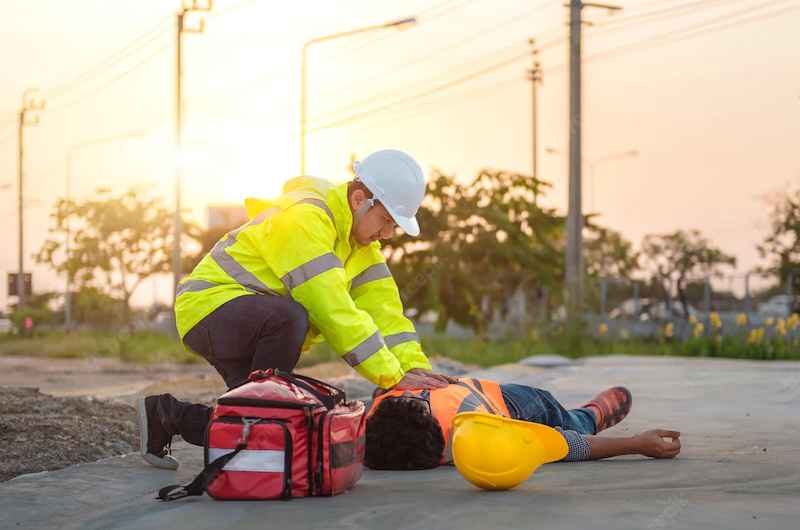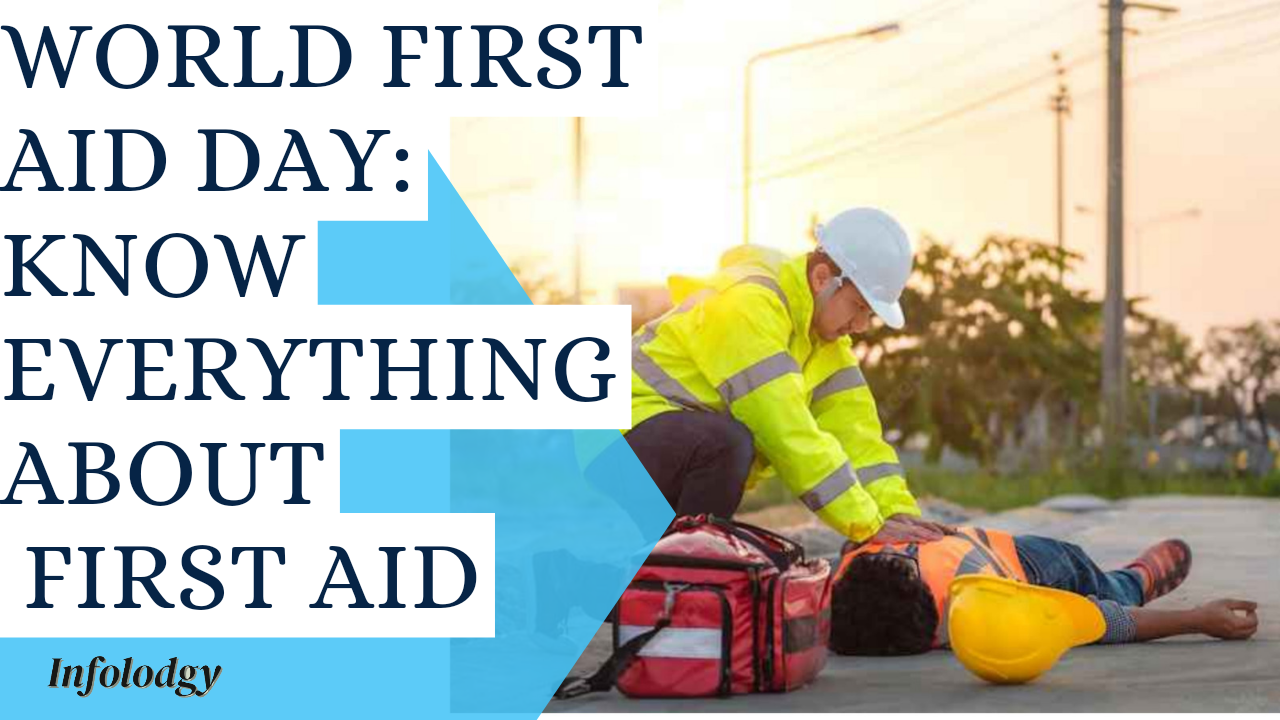World First Aid Day is celebrated every year on the second Saturday in September, in an effort to increase awareness of the value of first aid education and how it may help people survive calamities. This day serves as a reminder that having a basic understanding of first aid can be very helpful in life-threatening circumstances. The purpose of World First Aid Day will be discussed in this blog, along with some of the most important first aid methods for common medical crises.
Significance of World First Aid Day
The International Federation of Red Cross and Red Crescent Societies (IFRC) created World First Aid Day to raise awareness of the value of first aid instruction and training. It’s a day set aside to acknowledge the critical part that first responders—both skilled professionals and everyday citizens—play in helping those in need right away.

Basic First Aid Techniques for Common Medical Emergencies
One of the most important first aid techniques is cardiopulmonary resuscitation (CPR), which can mean the difference between life and death for someone experiencing cardiac arrest. In order to keep the blood flowing and the oxygen supply steady until trained assistance arrives, it involves chest compressions and rescue breaths.
Chocking
Quick action is crucial when someone is choking. Deliver upward abdominal thrusts while doing the Heimlich maneuver to clear the obstruction from the airway.
Bleeding and Wound Care
To avoid infection, wounds must be properly cleaned and dressed. Use sterile bandages or dressings and direct pressure to stop bleeding.
Burns
For small burns, run some cold water over the area for at least ten minutes. Put a clean, non-stick bandage over the burn. Seek quick medical assistance if you have severe burns.
Sprains and fractures
Sprains and fractures should be immobilized, ice should be applied if it is accessible, and for fractures, a doctor should be consulted. Sprains can be treated with rest, ice, compression, and elevation (RICE).
Seizures
Remove things from the person to prevent damage. Do not stifle their motions, and cushion their head. Make sure they are breathing normally after the seizure.
Allergies
In the event of severe allergic responses, administer an epinephrine auto-injector (if accessible) and dial 911. If the person has antihistamines, assist them in taking them if they have milder allergies.
Poisoning
Contact emergency services or poison control right away. If a medical professional has not instructed you to induce vomiting, do not.
Stroke
Use the acronym FAST—Face drooping, Arm weakness, Speech difficulties, Time to contact 911—to identify the symptoms of a stroke. With strokes, time is of the essence.
Heart attack
Dial 911 if you or someone you know is having chest pain, uneasiness, or any other heart attack symptoms. If they are not allergic, tell them to chew an aspirin.
Empowering Communities with First Aid Training
Everybody can learn the fundamentals of first aid, regardless of occupation or background, as is brought home by World First Aid Day. Programs for first aid training in the community are crucial for disseminating this information. These programs frequently incorporate practical training, which is crucial for fostering confidence in offering assistance in an emergency.
Conclusion
World First Aid Day serves as a reminder that having some basic first aid skills and being prepared can save lives. First aid skills are crucial, whether it’s CPR for cardiac arrest or understanding how to address routine accidents and medical situations. We empower communities to respond skillfully in urgent situations by encouraging first aid training and education, making the world a safer place for everyone. You never know when you might be the one to save a life, so take the initiative to learn and share first aid techniques.

